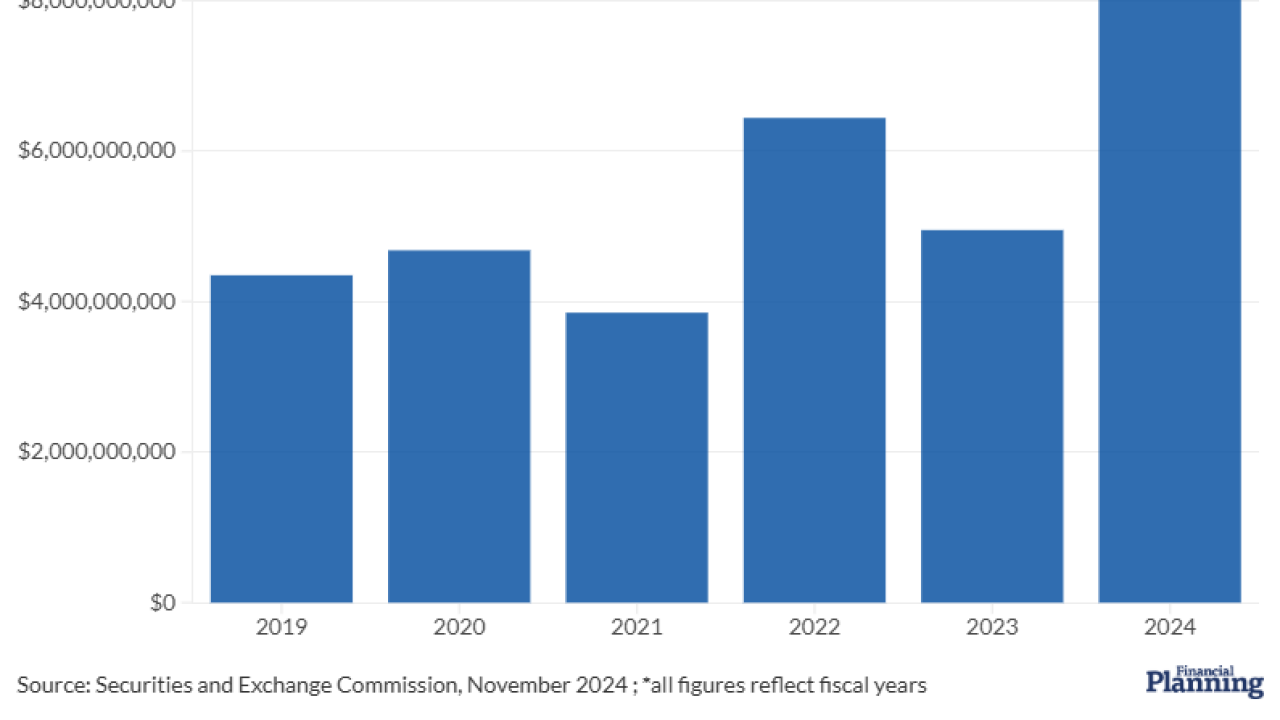While the wealth management industry's wirehouse giants still top the list in terms of total AUM, financial advisors looking to run their practices on their own terms continue
A new study from research and consulting firm Cerulli Associates finds that independent and hybrid RIAs have seen the largest year-over-year advisor headcount growth rate when compared to other channels. The analysis finds that this is a trend that holds true over five- and 10-year periods as the promise of independence continues to be alluring to advisors.
According to
While Cerulli projects industry financial advisor headcount will remain relatively flat over the next five years, independent and hybrid RIAs are projected to experience the biggest gains in advisor headcount market share. By 2027, Cerulli projects the independent and hybrid channels will control nearly one-third (31.2%) of intermediary asset market share.
At the end of 2022, there were 18,558 retail-focused RIA firms with 78,282 advisors, collectively managing $7.1 trillion. Hybrid RIAs have, on average, 8.9 advisors per firm, while independent RIAs have an average of just three advisors per firm.
READ MORE:
"Although the wirehouse channel dominates industry assets and average advisor productivity, the flexibility and higher payout percentages of independence is appealing to many advisors," said Andrew Blake, a Cerulli associate director. "[Broker-dealers] will need to continue to leverage the benefits of working under corporate scale, which include access to technology, training, and client resources, to highlight the alluring aspects of affiliation with a major B/D. Otherwise, they risk seeing channel migration trends continue."
The findings are in line with
Eighty percent of movers reported assets under management growth since switching, with a median increase of 42%. The Fidelity study also finds that nearly all advisors (99%) said their clients were ultimately supportive of their decision to move, with more than half (54%) noting they were immediately supportive.
Among the many factors influencing an advisor's decision to move, the top considerations include compensation, better firm culture and the ability to provide a higher level of client service. But knowledge remains a roadblock.
Only half of advisors told Fidelity that they consider themselves knowledgeable about firm types (54%) and independent models (49%), and only 25% say they know enough about the various intermediaries like recruiters, consultants, clearing or custody providers that can help with finding a firm.
Scroll down to read the key takeaways from the latest Cerulli research and find out what is driving the growing demand for financial advice.






